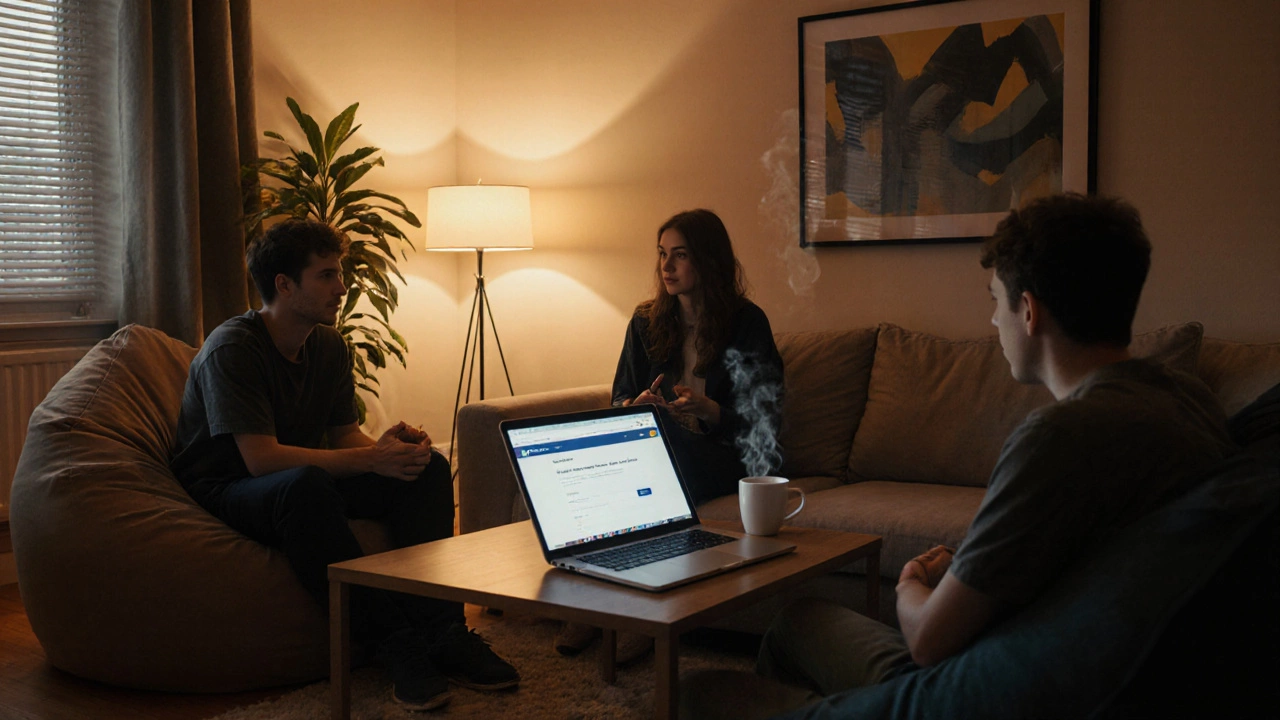Learn the rules for having guests in a shared house, from lease clauses and legal limits to housemate communication and dispute resolution.
Rental House Visitors – What Every Tenant and Landlord Should Know
When dealing with rental house visitors, understanding who they are and what they need is key. rental house visitors, people who step inside a rental property for tours, inspections, or move‑in checks. Also known as prospective tenants, it covers anyone from a curious renter to a scheduling inspector. tenant, person renting a home and often the primary visitor during showings relies on clear communication and honest listings. landlord, property owner responsible for maintaining the unit and managing visits sets the tone by preparing the space, providing safety information, and respecting privacy. A property showing, scheduled visit where a rental unit is presented to potential renters serves as the bridge between tenant expectations and landlord offerings. Together, these entities form a small ecosystem: rental house visitors encompass prospective tenants; rental house visitors require property showings; landlord policies influence visitor experience. By clarifying each role, you can avoid miscommunication, speed up the rental application process, and ensure that every visit feels professional and welcoming.
Key Considerations for Rental House Visitors
First, always confirm the purpose of the visit. Whether it’s a casual walk‑through, a formal inspection, or a move‑in check, the agenda shapes how you prepare the space. Tenants should bring a checklist of must‑have features—like storage, heating, and pet policies—to keep conversations focused. Landlords, on the other hand, benefit from a clean, well‑lit environment and a ready list of recent upgrades, which boosts credibility during the showing. Remember that local regulations may require notice periods before entry, so respecting legal notice rules protects both parties and prevents disputes. If the visitor is an inspector, landlords must ensure safety compliance, such as working smoke detectors and clear egress routes. For prospective tenants, asking the right questions about lease terms, utility responsibilities, and rent‑to‑income ratios can reveal hidden costs early on. Finally, follow up after the visit with a brief recap email—this small step improves transparency, speeds up the rental application, and leaves a positive impression that can tip the scales in competitive markets. The collection below dives deeper into topics like down‑payment assistance, first‑time buyer programs, and strategies to cut realtor fees, all of which intersect with the rental experience and can help you navigate the entire housing journey more confidently.
